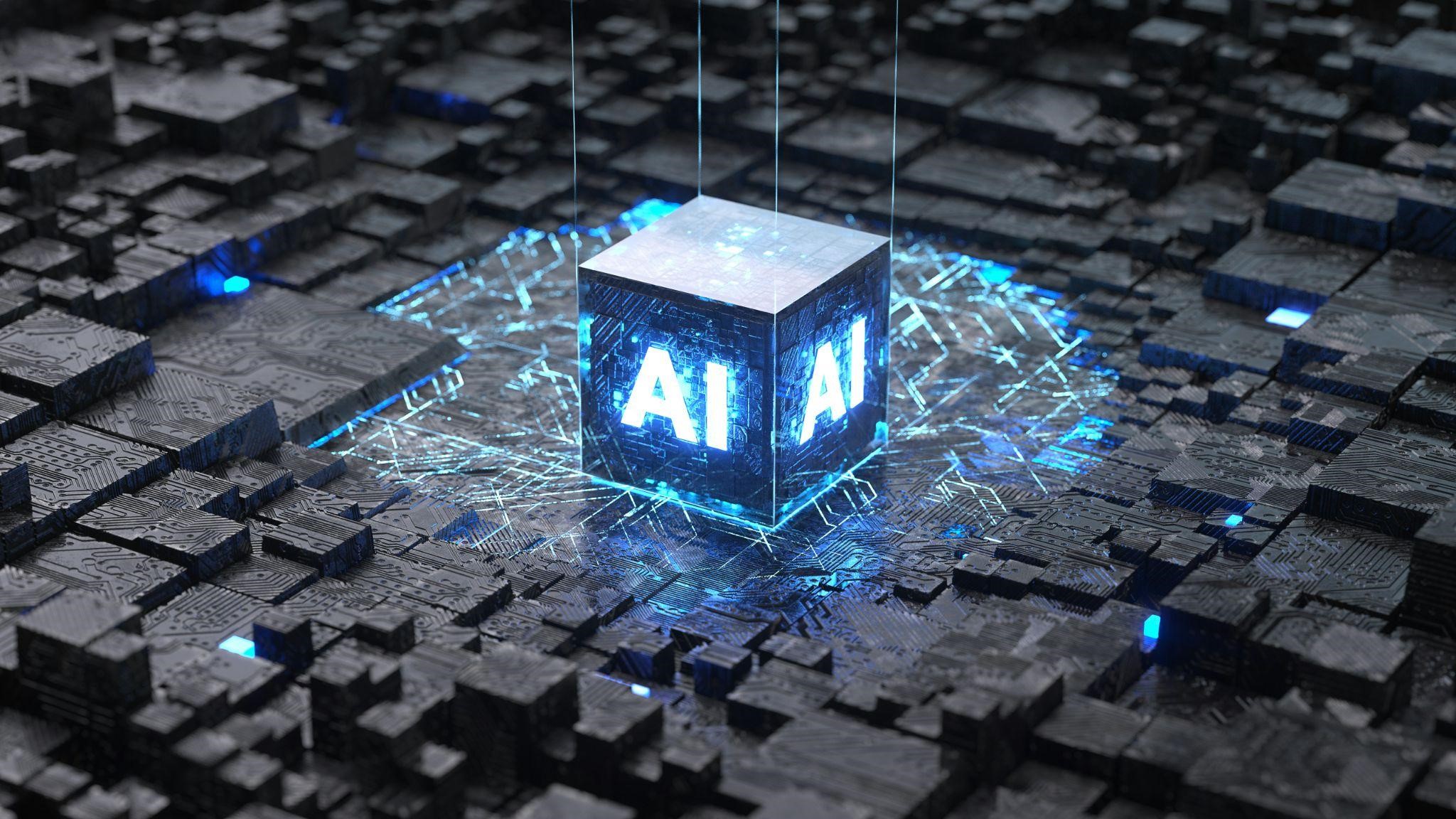
Not long ago, we only read about robots and artificial intelligence in science fiction novels. However, we failed to notice how quickly this future arrived and became part of our reality. Robots now call us with promotional offers, neural networks mimic human voices and appearances, and it’s becoming increasingly difficult to find a human being in the chats of customer support services for banks, stores, and other businesses. Yet, artificial intelligence has become exceptionally adept at recreating communication with a live interlocutor.
People react differently to the pervasive infiltration of neural networks into all aspects of life. Some rejoice at the prospect of task automation, process acceleration, and new opportunities, while others fear that neural networks will at least take away their jobs, or perhaps even take over the world entirely.
How can we adapt to these new rules of the game, maintain confidence, and even derive benefits? We posed these questions to several IT specialists. Each of them shared their perspective on the situation.
Tom Martin, a mobile app developer, sees much utility in the development of neural networks:
“As always in history, technology evolves at an accelerated pace. While the initial appearances of neural networks were notable and widely discussed, their further dissemination into various spheres of life is increasingly perceived calmly. Therefore, users barely keep up with all the innovations and suddenly find themselves encountering a robot waiter or conversing with a bot in a support chat, no longer noticing the difference. It can be confidently said that all these innovations will only benefit humanity, so instead of being wary, it’s better to embrace them with positivity.”
Another expert suggests considering the benefits that can be derived from interacting with artificial intelligence.
Vage Zakaryan, Head of Development at Gem Space superapp, believes:
“I believe that users should extract maximum benefit and advantage from the capabilities provided by neural networks in both ordinary everyday life and work. Smart homes, voice assistants, various automated services — all these have become habitual conveniences, made possible by artificial intelligence. In the workplace, there are also many new ways to save budget, accelerate task completion, and improve the quality of the final product. With neural networks, you can generate various texts — from articles to business letters or humorous narratives. There are also neural networks specialized in image creation. All of these can be tasked with not only the most routine and simple tasks but also demanding high-level creative tasks from AI. Indeed, instead of some employees, neural networks can already be fully utilized, for example, in writing texts for social media or generating images for articles. However, this is not a threat of job loss for humans — in any case, the final result should be monitored by a person, and the delegation of repetitive tasks to artificial intelligence frees up more time for people to develop and create.”
And of course, it’s worth noting that the presence of AI in our lives is even broader than it may seem at first glance. Here are just a few examples:
AI algorithms are used to analyze user preferences and display relevant content on social networks. Neural networks help process user queries in search engines and provide the most suitable results. They also assist in filtering spam and sorting emails. Many mobile applications use AI, for instance, for speech recognition, facial recognition, and photo processing.
On marketplaces, products are recommended based on user preferences, thanks to the analytical work of neural networks. AI has long been assisting in disease diagnosis, medical image analysis, and data processing. In modern cars, AI aids in navigation, safety management, and is also used in autonomous vehicles. Additionally, artificial intelligence assists in the field of education — in processing and analyzing student data, adaptive learning, and automatic grading. And of course, AI is used for financial market analysis, trend forecasting, and automatic investing.
The scope of neural network applications is much broader than the examples listed, and over time, they will increasingly influence our lives. But this influence will only be positive.
May is Small Business Month, a time to honor and recognize the achievements of the… Read More
Swiss International University (SIU) is on track to be one of the world's most respected… Read More
In a session that left students buzzing with fresh ideas and practical insights, Invertis University… Read More
At the 21st Shanghai International Automobile Industry Exhibition, which is surging with the wave of… Read More
Liverpool, UK—House of Spells and Comic Con Liverpool are once again collaborating to bring the… Read More
Introduction In India's booming EdTech space, there's one name that's making waves among Telugu students… Read More